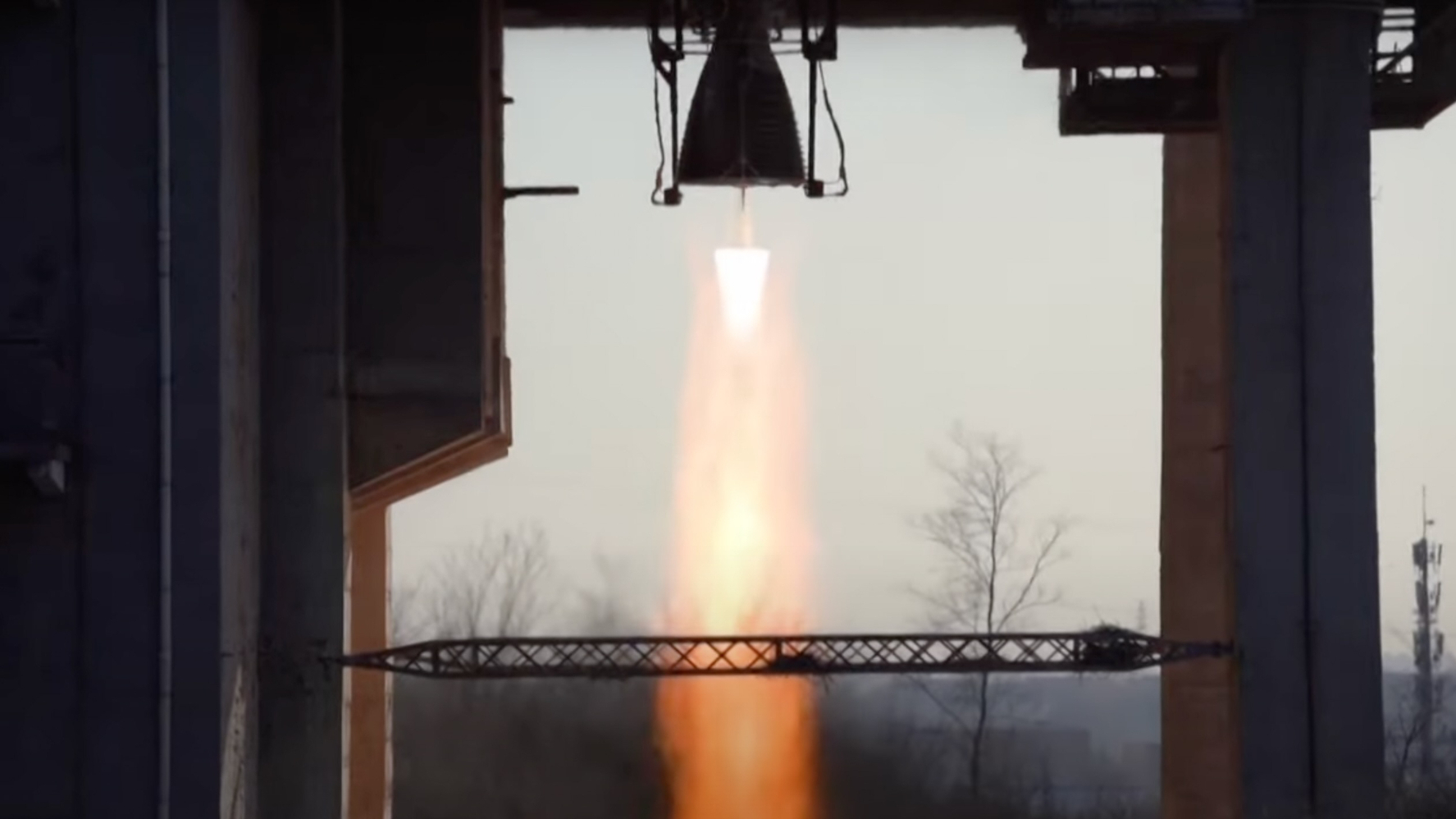
China has test-fired a new engine for a planned rocket designed to take astronauts to the moon.
The liquid hydrogen-liquid oxygen engine, sometimes referred to as the YF-75E, was tested by the Sixth Academy of China Aerospace Science and Technology Corporation (CASC), the country's state-owned space contractor.
The test was conducted at a vertical high-altitude simulation test stand. The engine will power the third stage of the huge, in-development Long March 10 rocket and will thus operate above Earth's atmosphere.

CASC did not disclose the duration of the test, but stated that it "verified the feasibility of long-range operation" of the engine. The successful test is another step on the road to China putting its astronauts on the moon.
According to China's plan, a pair of roughly 295-foot-tall (90 meters) Long March 10 rockets using three core stages each will separately launch the crew spacecraft and the lunar landing stack.
Related: China's Long March rocket family: History and photos
The two sets of spacecraft will then rendezvous and dock in lunar orbit. This will allow two out of a crew of three astronauts to enter the "Mengzhou" lunar lander and descend to the lunar surface. China aims to put its first astronauts on the moon before 2030.
A low Earth orbit variant of the Long March 10, using a single core stage, could fly as soon as 2027. China conducted a key test of the YF-100K engines for the Long March 10 rocket's first stage last year.





!["[T]he First and Fifth Amendments Require ICE to Provide Information About the Whereabouts of a Detained Person"](https://images.inkl.com/s3/publisher/cover/212/reason-cover.png?w=600)

